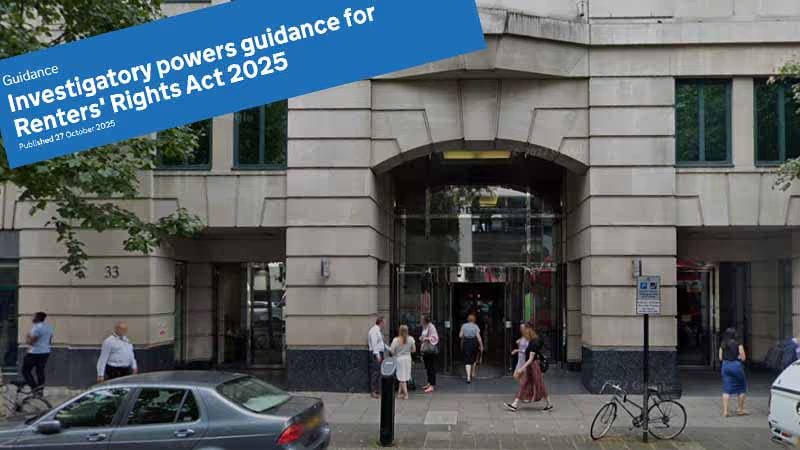




The first guidance has been issued following Royal Assent for the Renters’ Rights Act.
This guidance sets how local authorities can use their new and draconian powers to investigate landlords or letting agents who they suspect are breaking the law.
It outlines how these powers, which go live at the end December, enable councils to enter both rented accommodation and landlord or letting agency offices to seize documents, take pictures, ask questions, ask for information if illegal activity is suspected or has been reported.
This includes illegal evictions, properties that do not meet minimum safety standards, landlords who continue to rent out properties after a banning order but also tenants who are making false claims for housing benefit.
The powers include the investigation of landlords or letting agents who have discriminated against tenants with children when choosing who gets to rent a property.
The Renters’ Rights Act also gives local authorities powers to enter both offices and residential properties with or without a warrant depending on the circumstances and at a ‘reasonable time’.
Local authorities must give 24 hours’ notice if they are making a routine inspection of a property, but not if “exercising the power of entry for a non-routine inspection”.
A non-route inspection includes when it is not practical to give notice or council officers believe giving notice would alert rogue landlords or agent to their investigation and that evidence might be hidden or tampered with.
It will not be a free-for-all though – councils will have to jump through several hoops when justifying a ‘surprise visit’ to either the local deputy chief police officer or a justice of the peace.
The Renters’ Right Act also enables councils to ask official schemes, including Client Money Protection and tenancy deposit schemes, as part of their investigations, as well as their own council tax records. An example would be to see if a property is being used for residential purposes or not.
Tags:
Comments